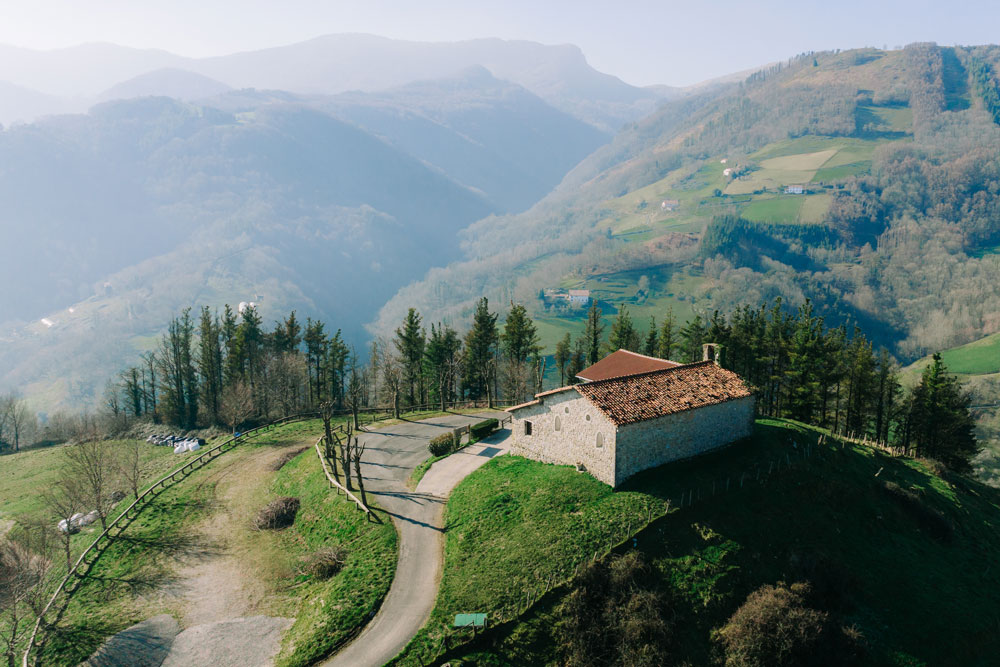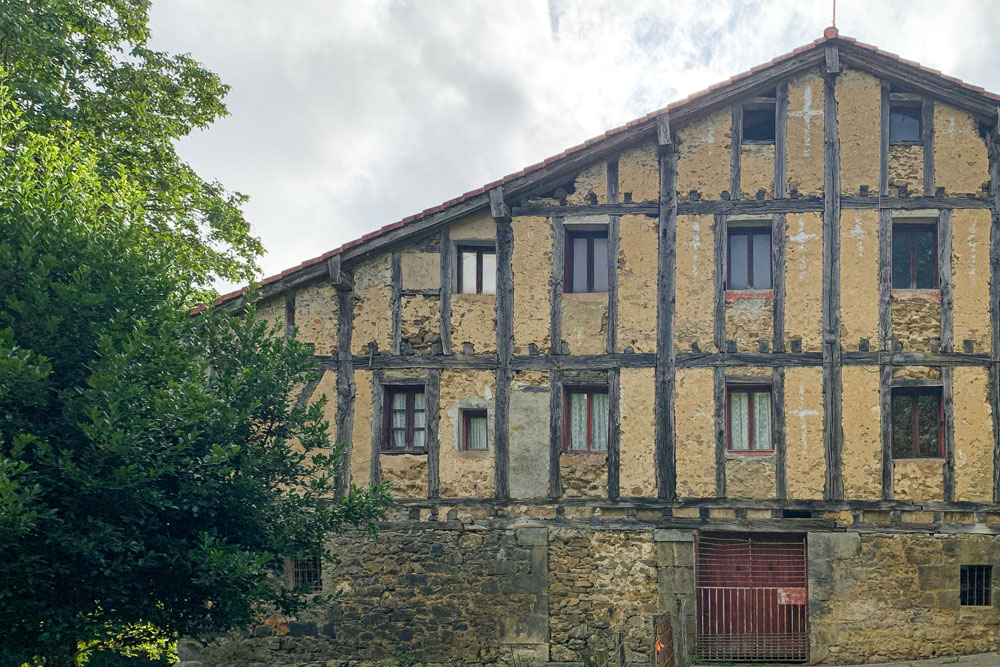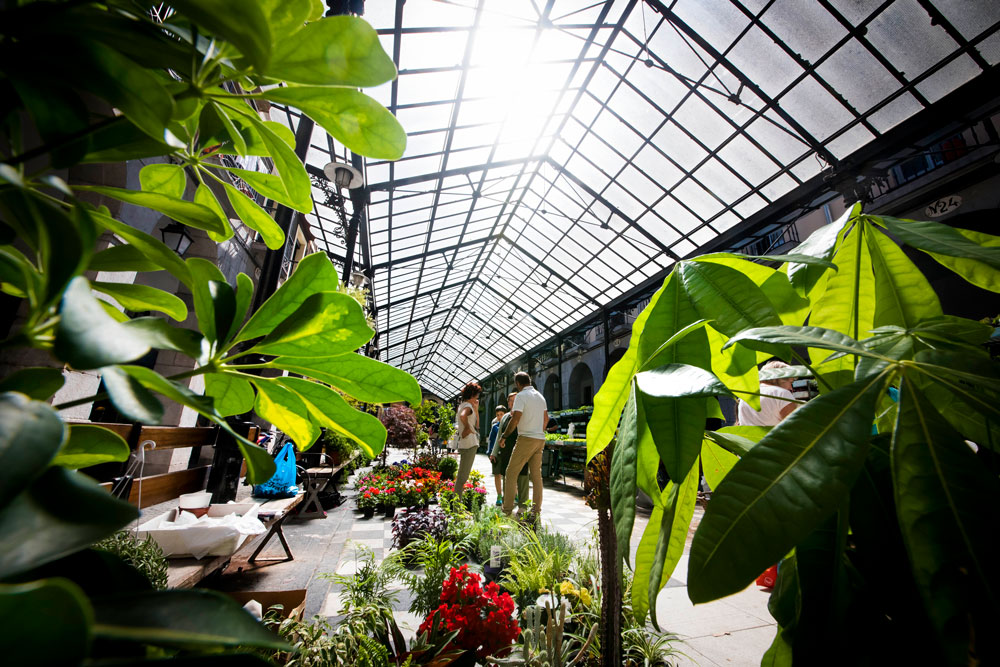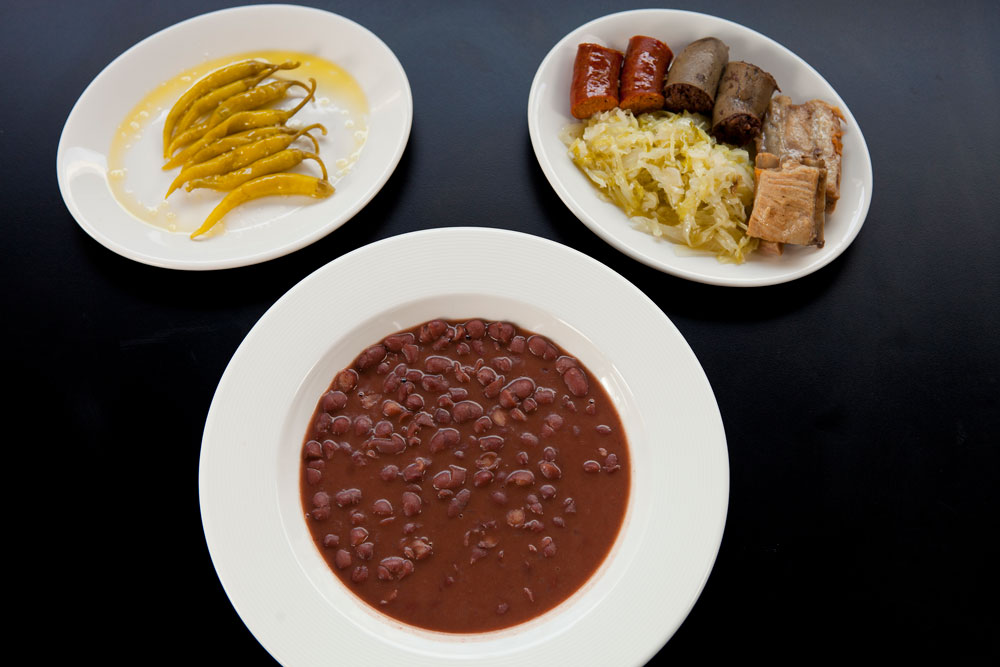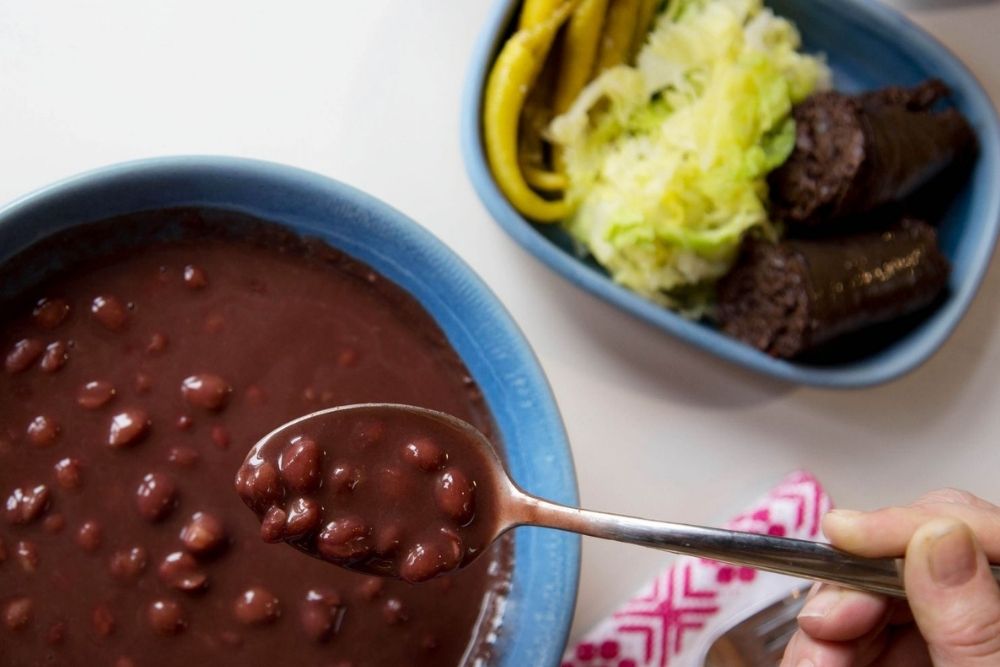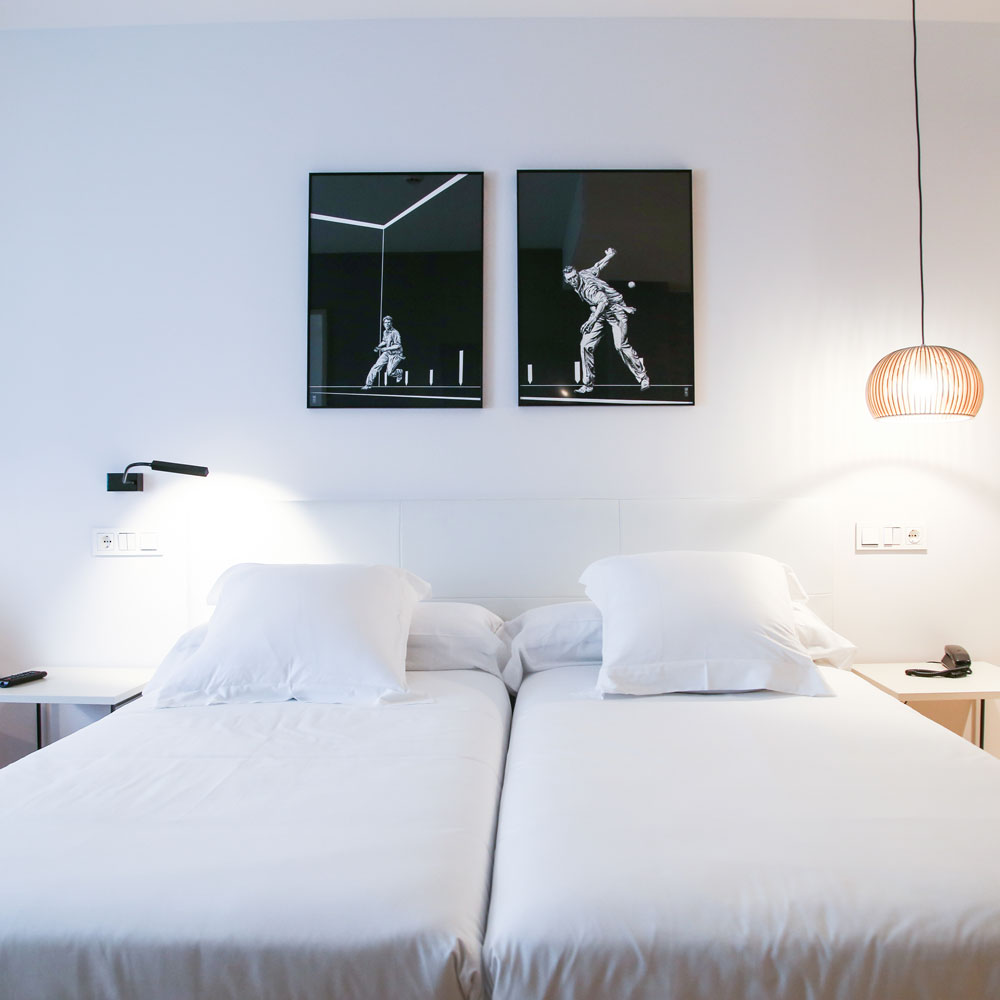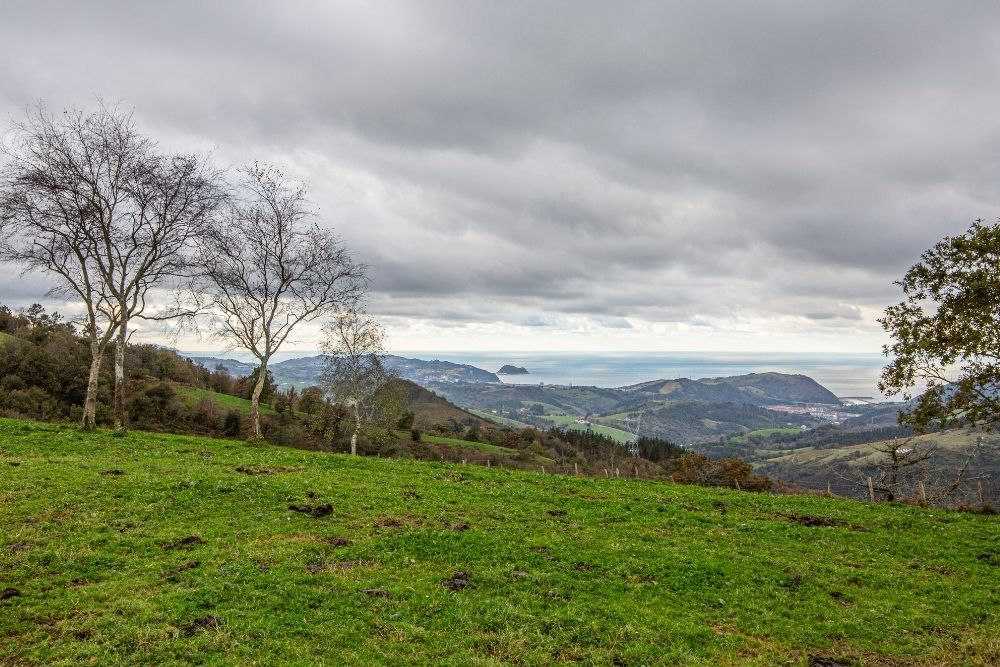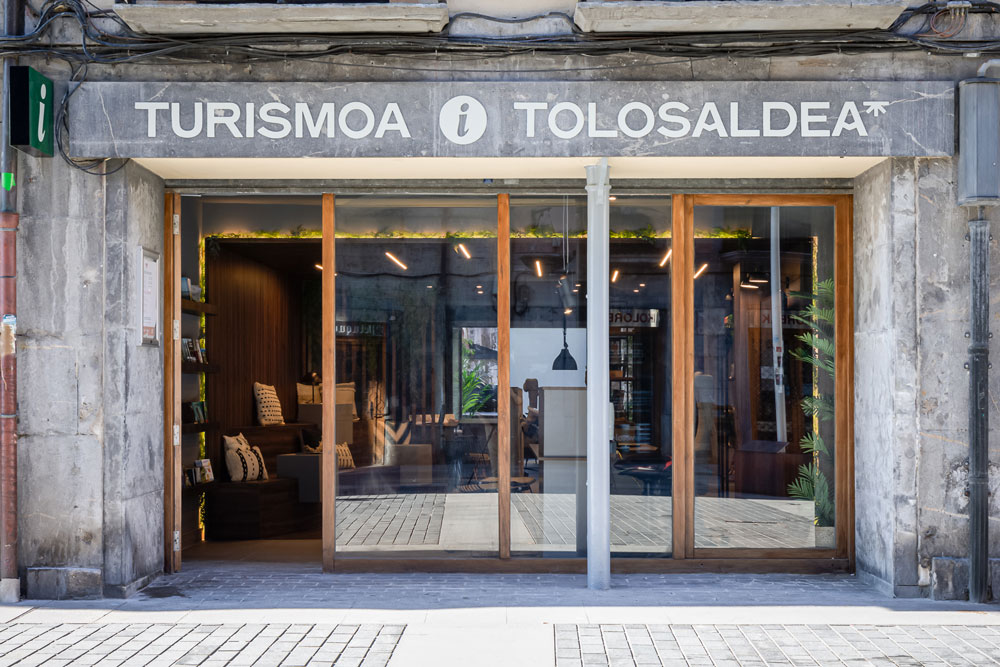Asteasu facts
Population
1.546 inhabitants
Festivities
San Pedro, 29th June
A setting that served as literary inspiration
The beautiful and peaceful Asteasu is located in a wide valley, which served as inspiration for the book Obabakoak by Bernardo Atxaga, Basque literature referent and winner of the National Literature Award. Due to is closeness to the sea it used to be a key point between the coast and inland areas. Nowadays having lost that importance, it has been able to preserve its rural identity. A place to enjoy nature and its calmness and only a few minutes from the sea.
Other points
of interest
Elizmendi,charmandhistory
Beauiful and peaceful neighbourhood with large farmhouses scattered around San Pedro church, built in the 16th century, and visible from the centre of the village. Of Basque Gothic style with a Romanesque façade. One of the walls is still used as fronton court. Very close to it we can find Santa Cruz chapel. We suggest you walking around the area: you’ll be surprised by the different sites!
Iturri-ondo
Four piped water fountain from 1859. A popular race takes places here, with participants running around it. Located in the main square, where we can also find 2 sculptures: one dedicted to bertsolari Pello Errota and another one to trikitixa player Eleuterio Tapia.
TownHall
One of the most significant buildings in Asteasu. Barroque style, built between 1754 and 1760, with three arches, triangular front, the vilage’s coat of arms made of stone and a small clock on the facade. Next to it Etxenagusia house, of the same style.
SantaCruzandSantaMarinachapels
Halfway to the top of Andazarrate, about 4km from the centre of the village. According to different historical documents it already existed in 1558 and had restoration works done in 1989. The view of the valley and Hernio massif is impressive.
Iturriotzfarmhouse
Even though it’s located in an area which is part of Aia, it is reached through Andazarrate hill, where there’s a small chapel and an beautiful picnic area. Is the starting point of one of the routes to the top of Hernio mountain, the one that goes through Zelatun pass. The 16th century farmhouse has a facade painted with lime crosses. Next to it the small San Juan de Iturrioz chapel, first mentioned in 1541.





